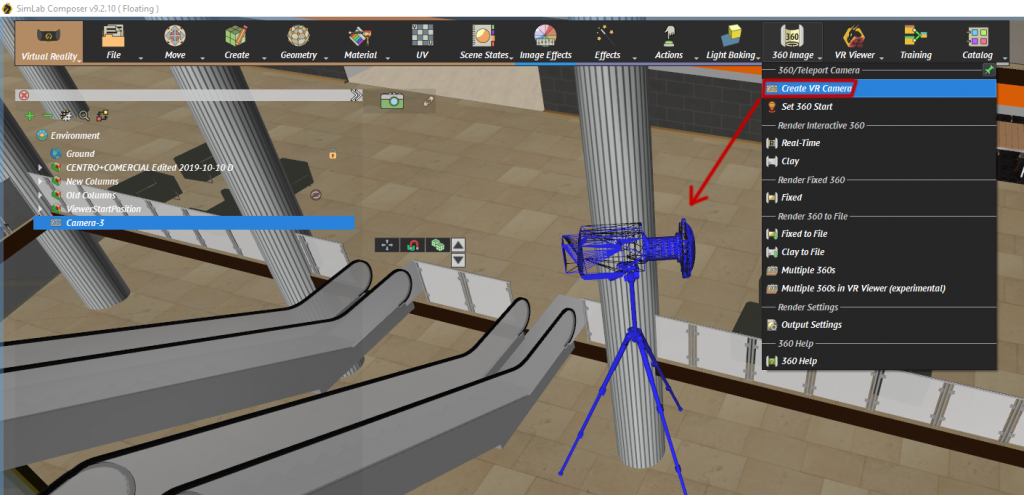

Their superior fracture resistance, good esthetics, and new processing methods make them suitable for thin-walled monolithic crown applications similar to metal. Several high strength ceramic materials have become available and are being used in dental practices. However, ceramics are brittle, and failure from fracture continues to be a major concern particularly on posterior teeth which are subjected to greater masticatory loads and more continuous function. Ceramic crowns are more biocompatible and more esthetic than metal-based restorations. There is an increased public demand for restorations that look like natural teeth. In addition, the crown failure probability is shown to be controlled by high flexural stress concentrations over a small area, and the proposed method might be of some value to detect initial crown design errors. While the analyses are limited to single-cycle load-to-failure tests, high interfacial normal tensile stress or high interfacial shear stress may contribute to degradation of the cement bond between ceramic and dentin. Significant impact of reduced cement modulus on these stress states is shown. Under conditions where the crowns are completely bonded to the tooth substrate, both high flexural stress and high interfacial shear stress are shown to occur in the wall region where the crown thickness is relatively thin while high interfacial normal tensile stress distribution is observed at the margin region. The proposed method is verified by prior 2D axisymmetric model and experimental data. They are combined on the basis of fracture mechanics based statistical failure probability model to predict failure probability of a monolithic crown subjected to single-cycle indentation load. The surface flaw distribution parameters determined by biaxial flexural tests on ceramic plates and point-to-point variations of multi-axial stress state at the intaglio surface are obtained by finite element stress analysis.

In this work, a 3D failure prognosis model is developed for interface initiated failures of monolithic ceramic crowns. For adhesively retained ceramic crown of various types, it has been clinically observed that the most catastrophic failures initiate from the cement interface as a result of radial crack formation as opposed to Hertzian contact stresses originating on the occlusal surface.


 0 kommentar(er)
0 kommentar(er)
